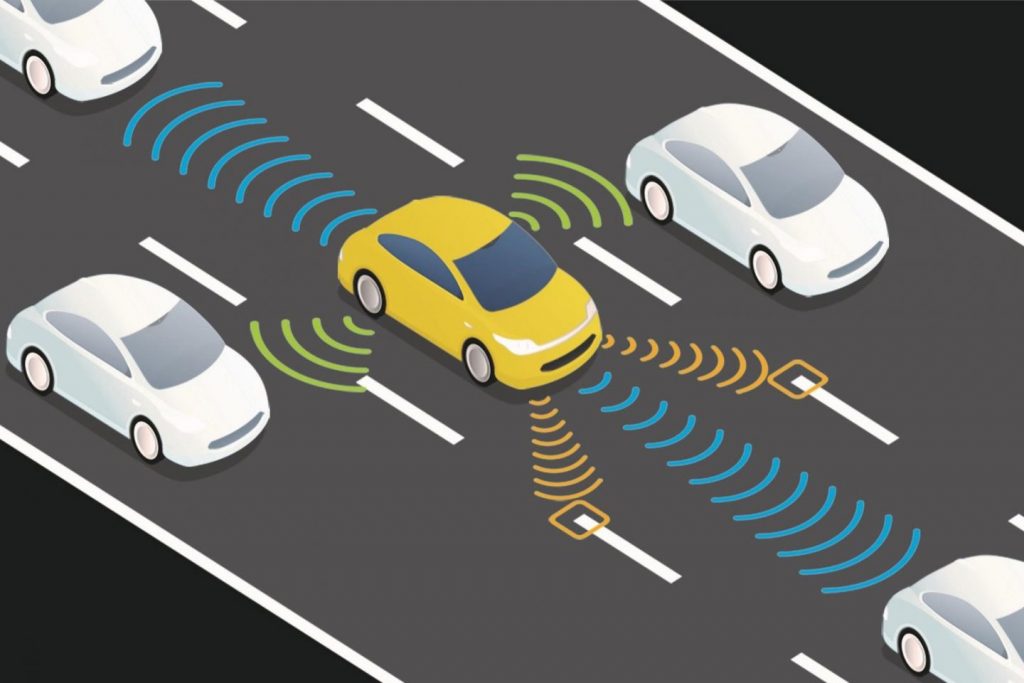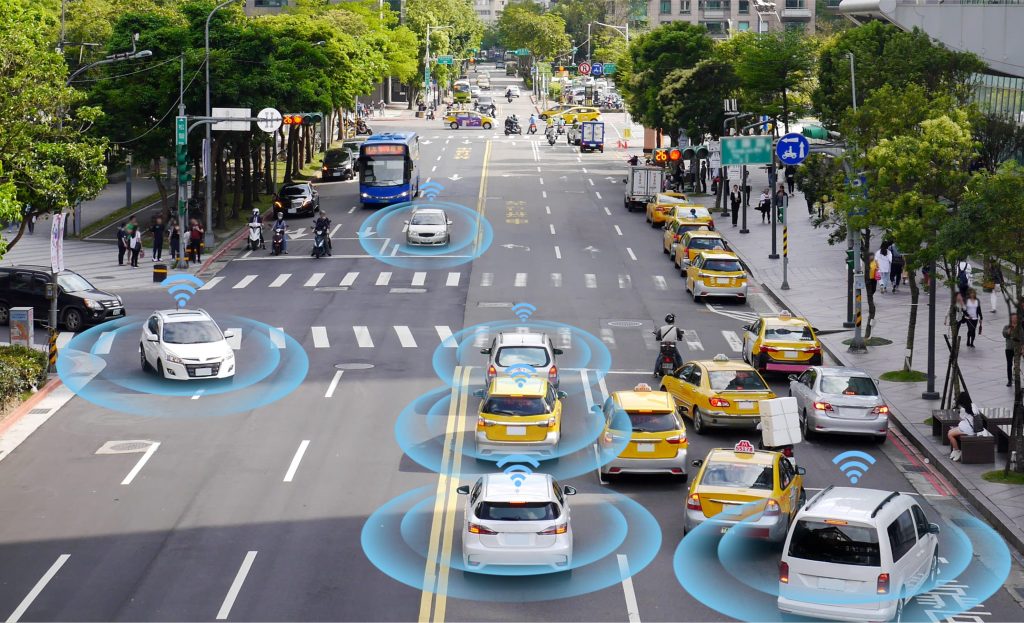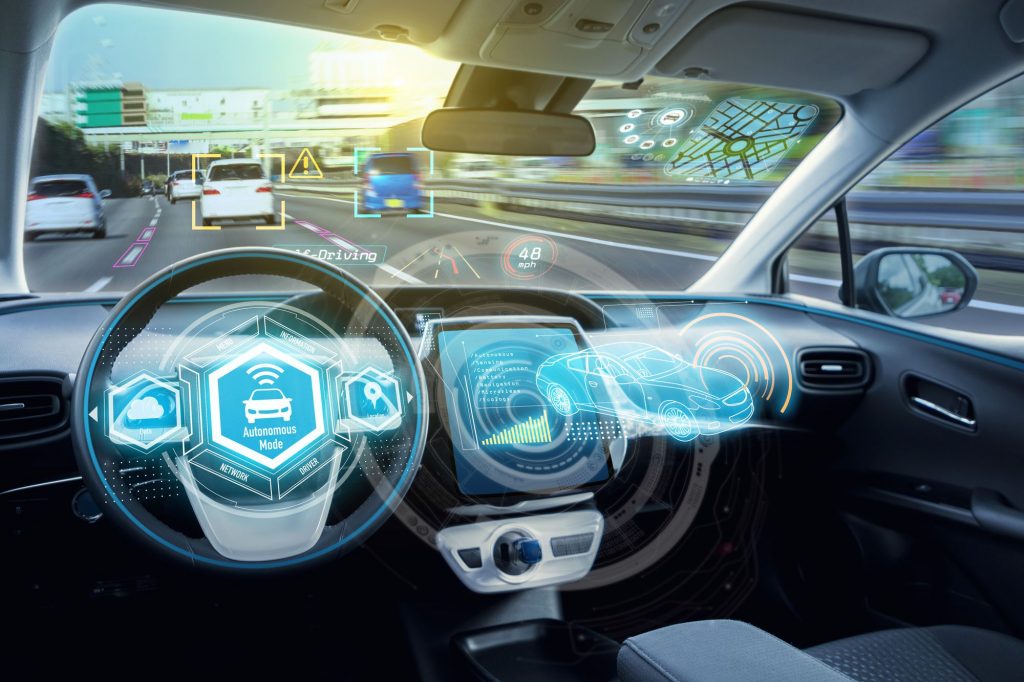One of the biggest disappointments in recent times is that we still don’t have the reliable self-driving cars that were promised by sci-fi classics like The 5th Element, I, Robot and others. So, where are they?
A decade into the race to build self-driving cars, many developers, analysts and even venture capital firms say robot cars won’t go mainstream for another decade or more. Meanwhile, American consumers and lawmakers remain leery of self-driving cars that major technology corporations are all greenlighting for testing. And that’s despite the industry pouring billions more into the technology. In fact, investments in self-driving cars hit over 60 billion USD in 2018.
To be sure, self-driving cars are on the road now in a handful of cities. And thousands of people were willing to pay up. But here’s the rub. These early robot cars all have humans as backup drivers to take over if things go wrong. These ‘robotaxis’ also drive along slower, simpler routes or in select areas of carefully chosen cities. They can’t go anywhere at will.
It wasn’t supposed to be this way. Just a few years ago, industry leaders stressed the disruptive potential of self-driving cars and talked up an opportunity of $4 trillion-$7 trillion by 2050. But in the last year, analysts have instead been noting the challenges robot cars face, such as how the self-driving cars hesitate to change lanes, fail to recognize traffic cones and makes dangerous decisions based on their surroundings.

When Will Self-Driving Cars Be Available?
So, when will truly driverless cars that can ferry us around anytime, anywhere arrive? Experts estimate not before the late 2020s, and probably later.
Small-scale deployments may come sooner, or have already been implemented, but nowhere near the scale that was initially predicted at the turn of the millennium.
Rather than robotaxis that can go anywhere, anytime, May Mobility, one of the biggest players on the American self-driving car stage, is focused on low-speed shuttles operating along fixed city routes, with human safety drivers on board for now. It sees that approach as more sensible, albeit less sexy.
Technical Obstacles to Self-Driving Cars
Self-driving cars require redundant camera, radar and lidar, which is like a radar for light waves, to mimic the ability to see. The sensors offset one another’s strengths and weaknesses. Cameras are good at object detection but struggle with low light. Lidar works in every lighting condition but suffers in scenarios like snow. But redundancies can add to the risk of glitches.
After giving a robot car the ability to see, there is the added challenge of making it understand what it sees. And a core industry belief — that artificial intelligence will be a silver bullet — is under strain.
Uneven terrain and bad weather remain challenges. There are several reports of tested self-driving cars struggling to identify whether objects are moving or stationary, failing to see pedestrians while seeing phantom bicycles. Self-driving cars are also said to have problems with unprotected left turns.
One of the trickiest bits is getting driverless cars to recognize the “subtle cues” that humans can identify when predicting how other road users will behave.
Legal, Regulatory Challenges for Driverless Cars
Aside from the technical obstacles, legal and regulatory hurdles remain. The self-driving cars sector is still waiting for federal standards that will replace a patchwork of state laws and voluntary guidelines. In addition, it’s still uncertain who’s liable for self-driving car accidents: the driver or the carmaker?
A major catalyst for development will be whether companies can collaborate on resolving incidents, with or without a regulatory framework. Steps have already begun to resolve these issues, but there is still a long road ahead.

Public Perception Challenges for Robot Cars
Then there is the consumer, who is largely unwilling to be a guinea pig. Seven in 10 Americans are afraid to ride in fully self-driving vehicles, a recent industry poll found. Fewer than one in five would put their kids in one.
American drivers have yet to regain trust following last year’s fatal crashes involving an Uber self-driving car and a Tesla in Autopilot mode. They also worry about a fleetwide cybersecurity attack.
Regulators and industry also must answer questions like who will help a customer in a wheelchair if a robotaxi has no driver.
Where Robot Cars May Come First
Despite the major players wobbling on timelines for self-driving cars, the last few months alone have seen big developments.
Amazon recently invested in Aurora in a likely bet on autonomous package delivery. Waymo announced it’s opening a factory for self-driving cars in Michigan. GM doubled staff for its driverless taxi business. And Ford invested in a new manufacturing facility for self-driving cars arriving in 2021.
Industry insiders believe driverless cars will come first in transport and logistics businesses. Companies could then recoup investments in expensive technology more quickly, paving the path to profits.
Besides vehicles for personal use and taxi fleets, the market is likely to expand to autonomous mine hauliers, tractor-trailers, bulldozers, harvesters, forklifts, trucks and drones.
So in short, we are a long way from being able to leave the daily commute to our cars. But we are inching closer to the dream every day. Let us know what you think in the comments below!


